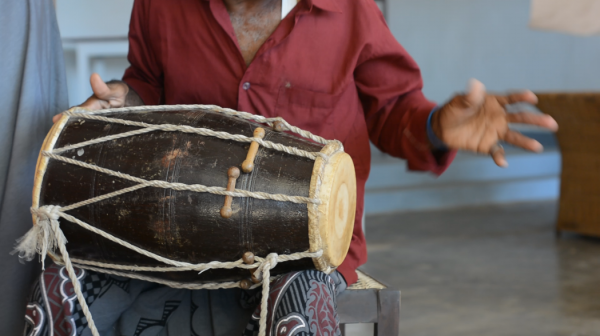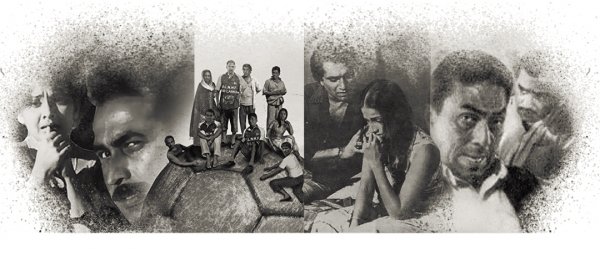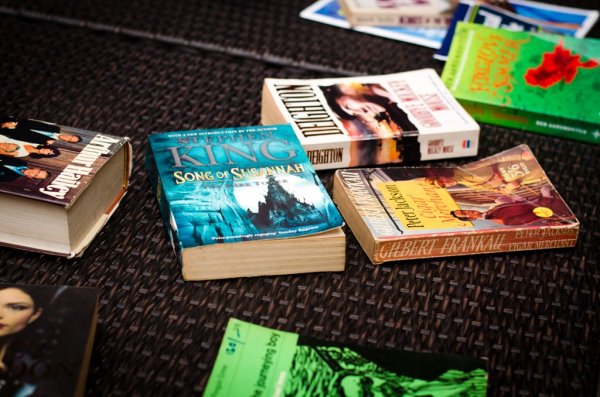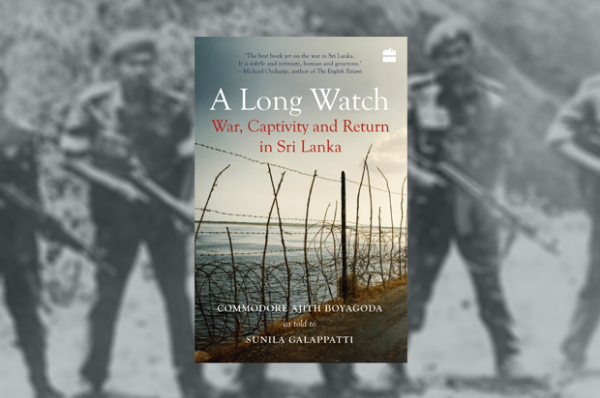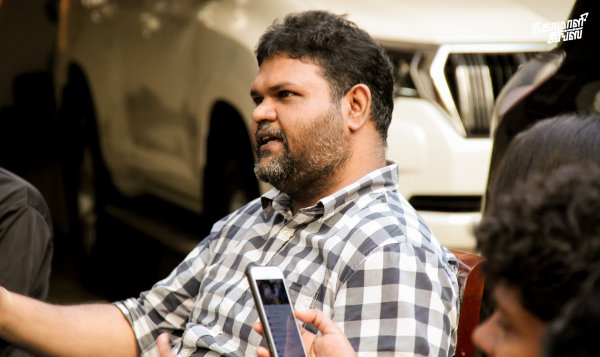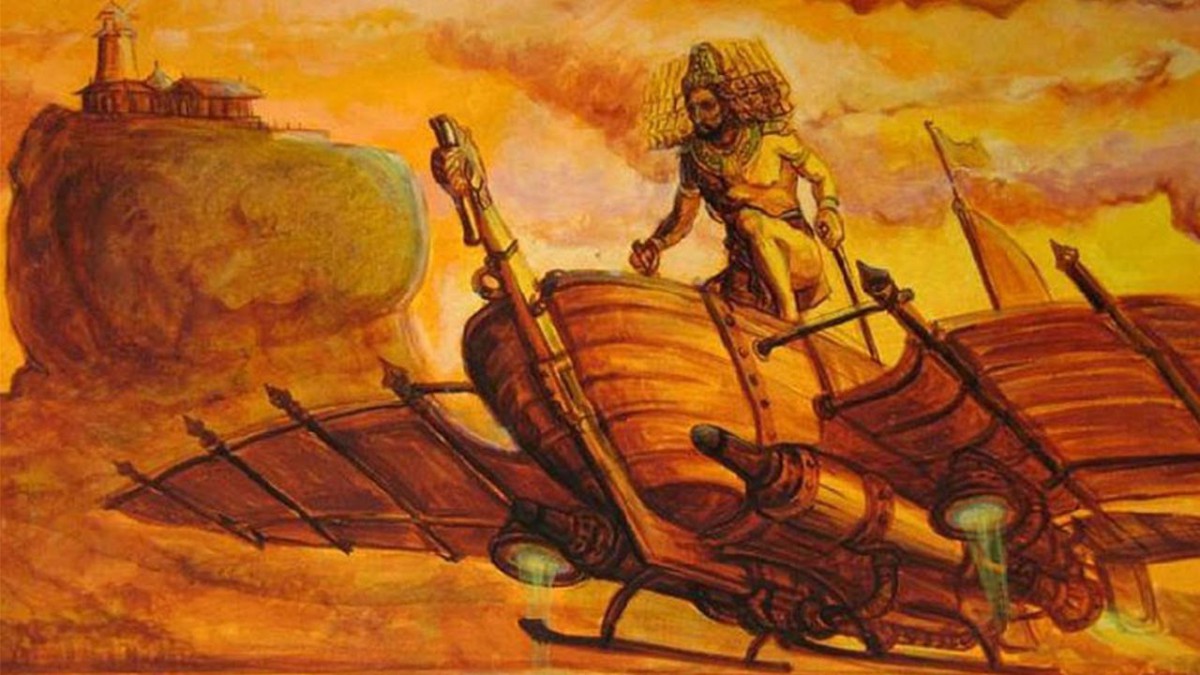
Ravana is a legendary figure who looms large in Sri Lankan and Indian folklore. It is said that the ten-headed monarch, also known as the demon king, ruled over the prehistoric kingdom of Lanka more than 4,000 years ago. While there is no archaeological evidence to show that King Ravana existed, several Puranic texts, including the Hindu epics, Ramayana and Mahabharata, claim that he was real, and not just a mythical figure. Ravana is portrayed as a villain in these texts, albeit one who was famed for his intellect, power, and religious devotion. In addition, these texts contain descriptions of the legendary aircraft that he used to travel within Sri Lanka and to other kingdoms across the ocean. Ravana was famed to have owned many flying vehicles for air travel.
In Sri Lankan mythology, these aircraft are called vimana; in Sanskrit, the word vimana is composed of “vi” (the sky) and “mana” (measure). Ramayana in Lanka states that the term vimana was used to refer to airborne chariots that traversed long distances through the skies. The book goes on to mention that the Vaimanika Shastra, an ancient Sanskrit text on aeronautics, speaks about the construction of these ‘chariots’.
The Indian epics and our own local legends speak of Ravana’s fascination with these aircraft. These chariots are also mentioned in contemporary literature, such as D. K. Hari and D. K. Hema Hari’s Ramayana in Lanka and Historical Rama, which draws on old texts and ancient legends to describe the aircraft comprehensively.
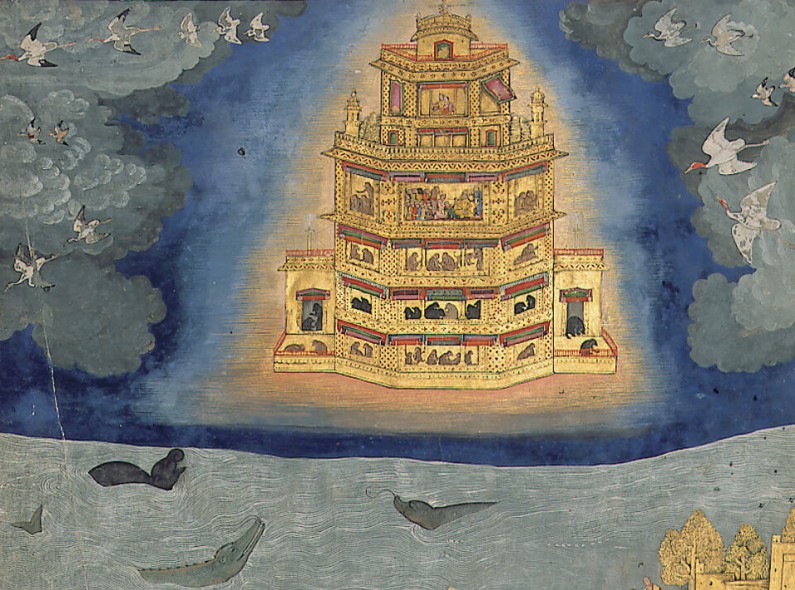
The airborne vimana are featured in both Indian and Sri Lankan mythology. Image courtesy lost-origins.com
Legendary Aircraft Of Ravana
Ramayana in Lanka states that “the corroboration for the famous vimana and airports of Ravana comes in the form of many technical treatises in Sanskrit, on aircraft technology, with Vaimanika Shastra being one of the most prominent of the technical treatises. This text describes the design of a few aircrafts and discusses the fuel, mechanisms and manoeuvres of the same.”
According to Ramayana in Lanka, Ravana took hostage Sita, the wife of the Hindu god Rama, and brought her to his kingdom in an aircraft called Pushpaka Vimana. As the story goes, Rama followed Ravana to Lanka to reclaim his wife in an epic battle. After defeating the demon king, Rama used the Pushpaka Vimana to return to the kingdom of Ayodhya with his wife, Sita.
In modern day Sinhalese, the word “pushpa” translates to flower, so the name Pushpaka Vimana literally means “an aircraft shaped like a flower.” According to Ramayana in Lanka, the Pushpaka Vimana had “a special capability of expanding or contracting in size, in accordance with the number of passengers.”[1]

An illustration depicting the Pushpaka Vimana of Ravana. Image courtesy mannaismayaadventure.com
Apart from the Pushpaka Vimana, the other well-known aircraft that supposedly belonged to Ravana was the Dandu Monara, which literally means an aircraft that resembles a peacock. This vehicle of Ravana is so popular in the Sri Lankan imagination, that the insignia of the colonial Galle Face Hotel, which was built in 1864, is of Ravana flying the Dandu Monara Vimana with his wife, Mandodari, on board.

The insignia of the Galle Face Hotel in Colombo depicts Ravana flying the Dandu Monara Vimana with his wife, Mandodari. Image courtesy gallefacehotel.com
Ravana’s Airports
Ramayana in Sri Lanka also mentions that six different locations in Sri Lanka supposedly served as airports for operating and flying these vimana. This assumption is based on information gleaned from Indian mythological texts and local legends in Sri Lanka. These locations include Weragantota, Wariyapola and Gurulupotha in Mahiyangana, Thotupola Kanda on Horton Plains, Ussangoda in the South, and Wariyapola in Matale.
Weragantota In Mahiyangana
In the Sinhala language, “weragantota” is an obsolete word, which literally means “place or port to land an aircraft.”
Thotupola Kanda on Horton Plains
“Thotupola” in Sinhala means the “place that one touches during a journey.” This word is still very much in use to refer to a port, as is “kanda”, which is the Sinhala word for hill or mountain.
Thotupola Kanda on Horton Plains is a flat plain overlooking a range of rocks, at a height of 6,000 feet above sea level. The geography and altitude of this place may have contributed to the legend that it was used as a port for mythological air chariots. It is also far away from the ocean, so it could not have been used as a seaport.
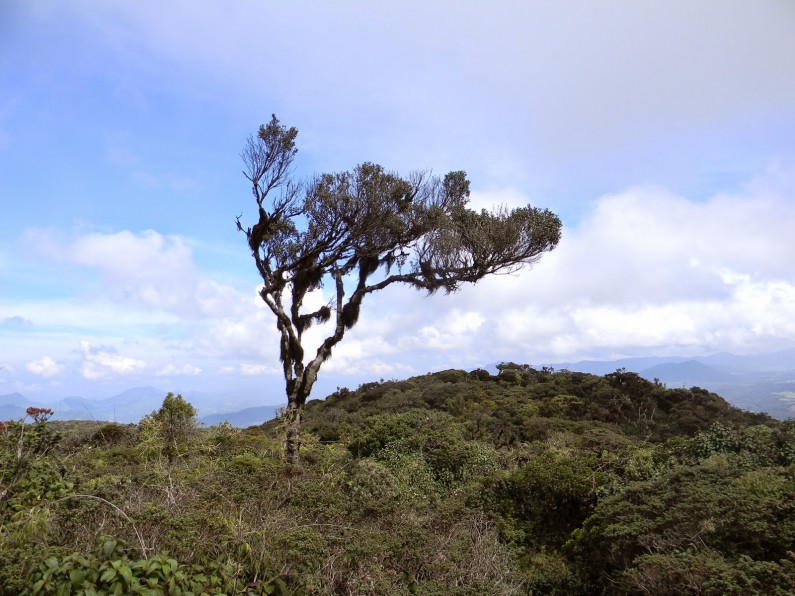
The geography and altitude of Thotupola Kanda may have contributed to its place in the legend. Image courtesy safari-srilanka.blogspot.com
Ussangoda On The Southern Coast
Ussangoda is an area of land which steadily rises from the sea shore, with an outcrop of rock that overlooks the ocean. Geographically, it could have been the ideal place for take offs and landings.

Ussangoda is an outcrop of rock on the Southern coast of Sri Lanka, en route to Hambantota from Colombo. Image courtesy flickr.com
Wariyapola In Kurunegala And Matale
Towns named Wariyapola are found in two different parts of Sri Lanka. The name is said to have originated from the term “watha-riya-pola”, which literally means “a place designated for the launching or landing of an aircraft.”
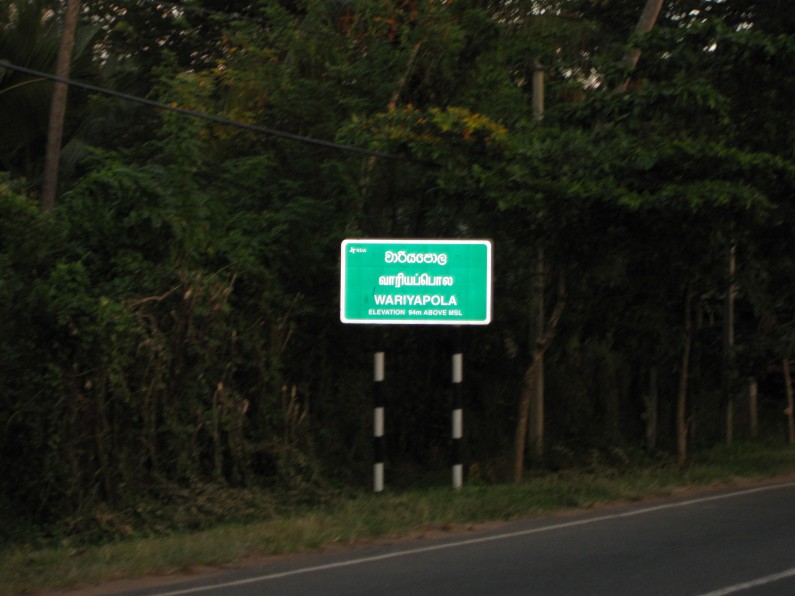
The name Wariyapola is said to have originated from a term which denotes a place designated for the launching or landing of an aircraft. Image courtesy Panoramio.com
Gurulupotha In Mahiyangana
The word “gurulupotha” means “parts of birds.” Legend has it that Ravana used to repair his aircraft in this area.
All the places mentioned in myths and legends about Ravana and his aircraft possess names that are related to flying or aircraft. Moreover, the topography of these places is ideal for the operation of aircraft, as they are flat lands or spaces that are located on higher ground. However, there is no archaeological evidence to support the existence of these mythical airports and aircraft.
Even though these tales are rooted in fantasy and lack historical evidence, it is interesting to note that air travel was considered a distinct possibility even in ancient times. It is also amusing to consider that the antediluvian king of Lanka may have had a handle on aerodynamics long before the Wright brothers did.
[1] Ramayana in Lanka by D. K. Hari and D. K Hema Hari (2010). Sri Sri Publications Trust. p.11
Featured image courtesy refreshingsrilanka.blogspot.com
